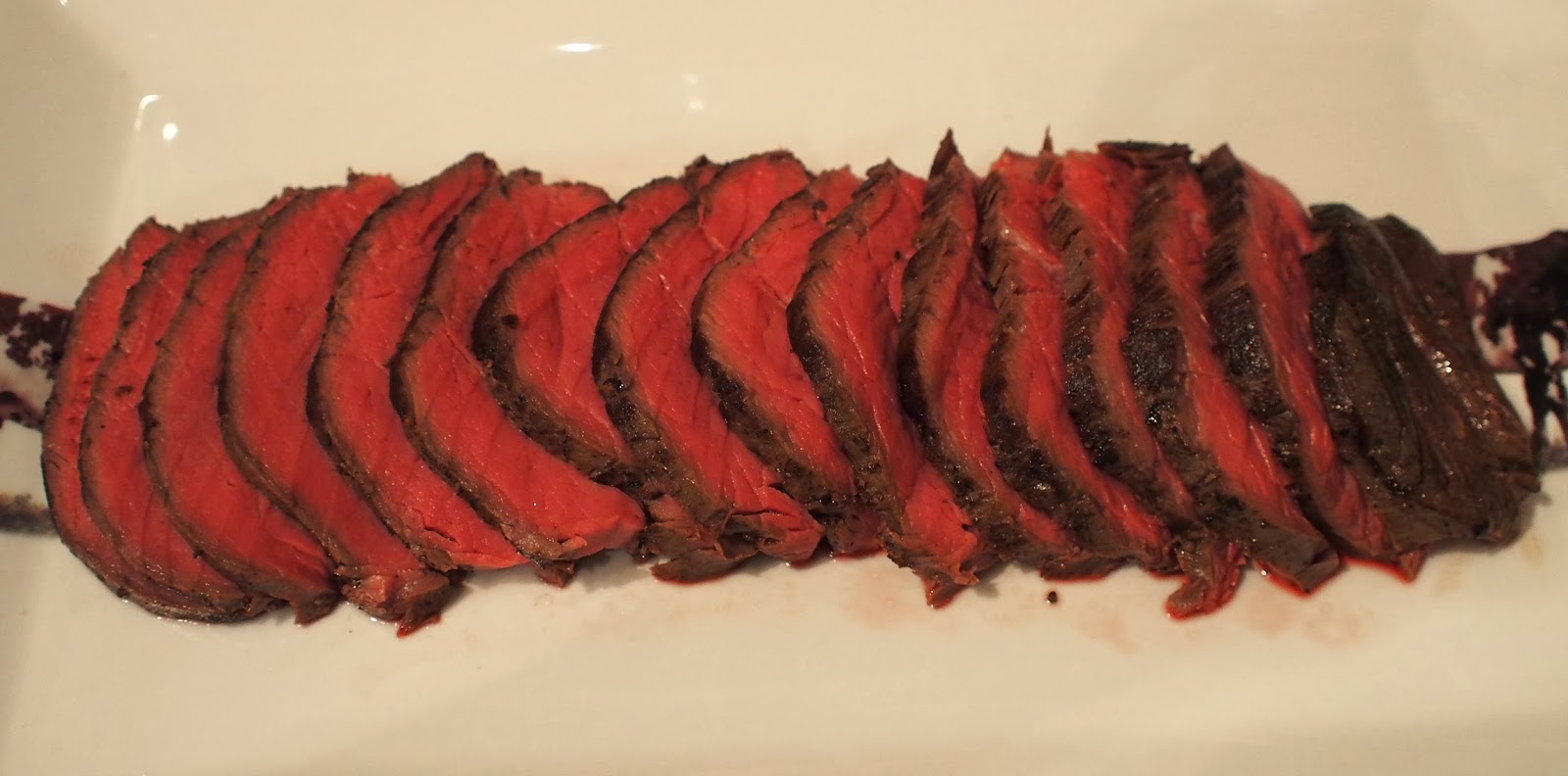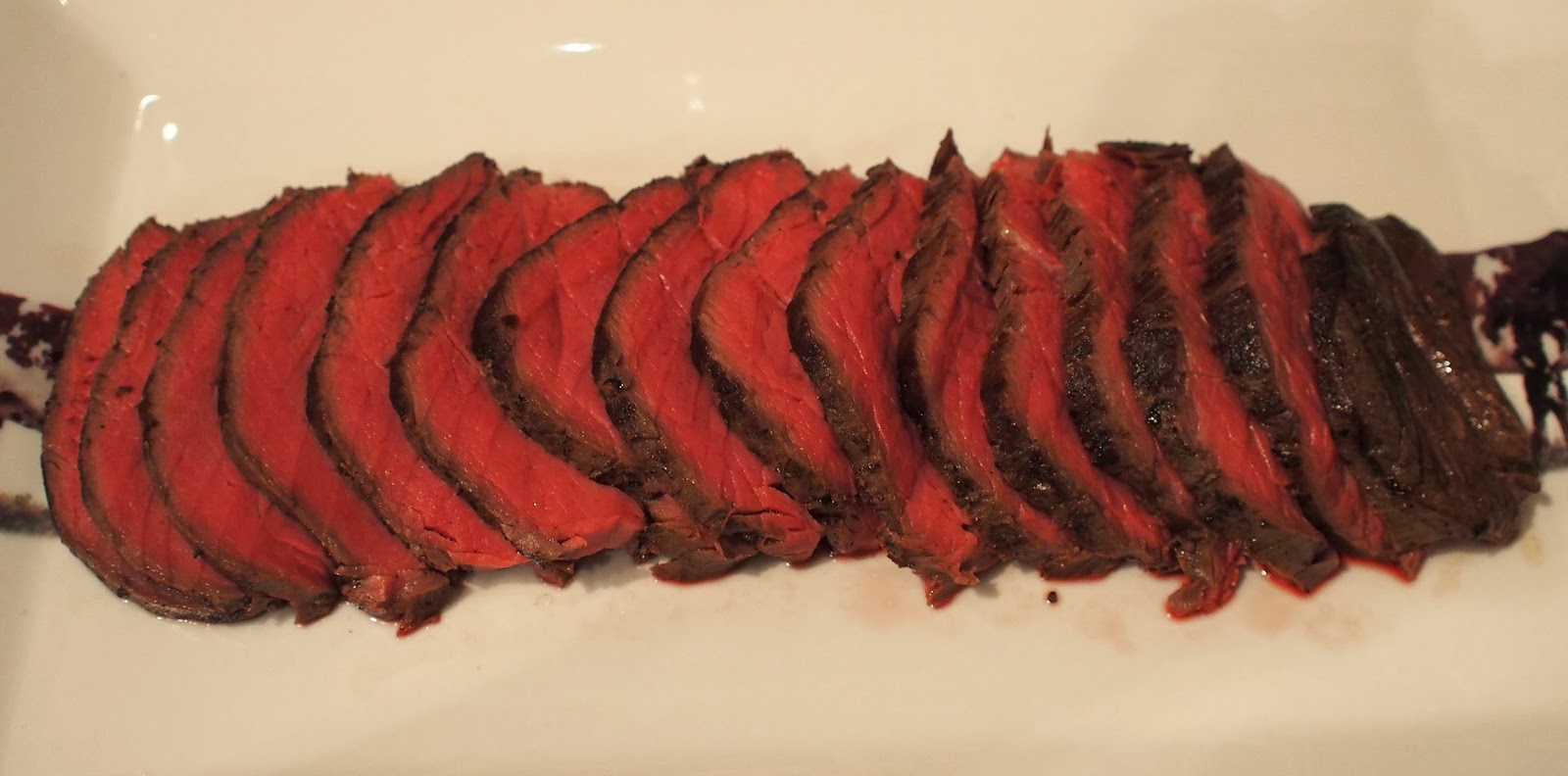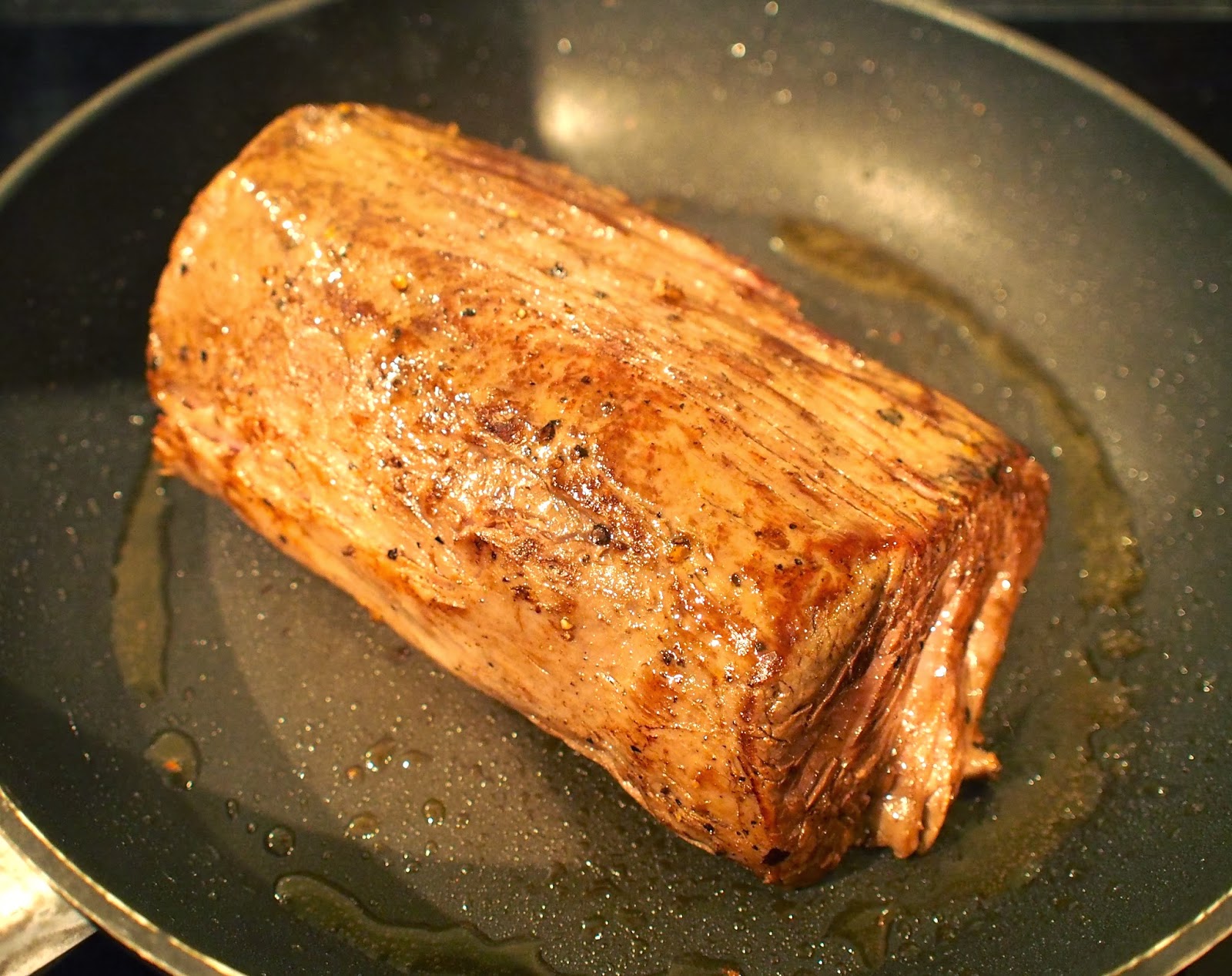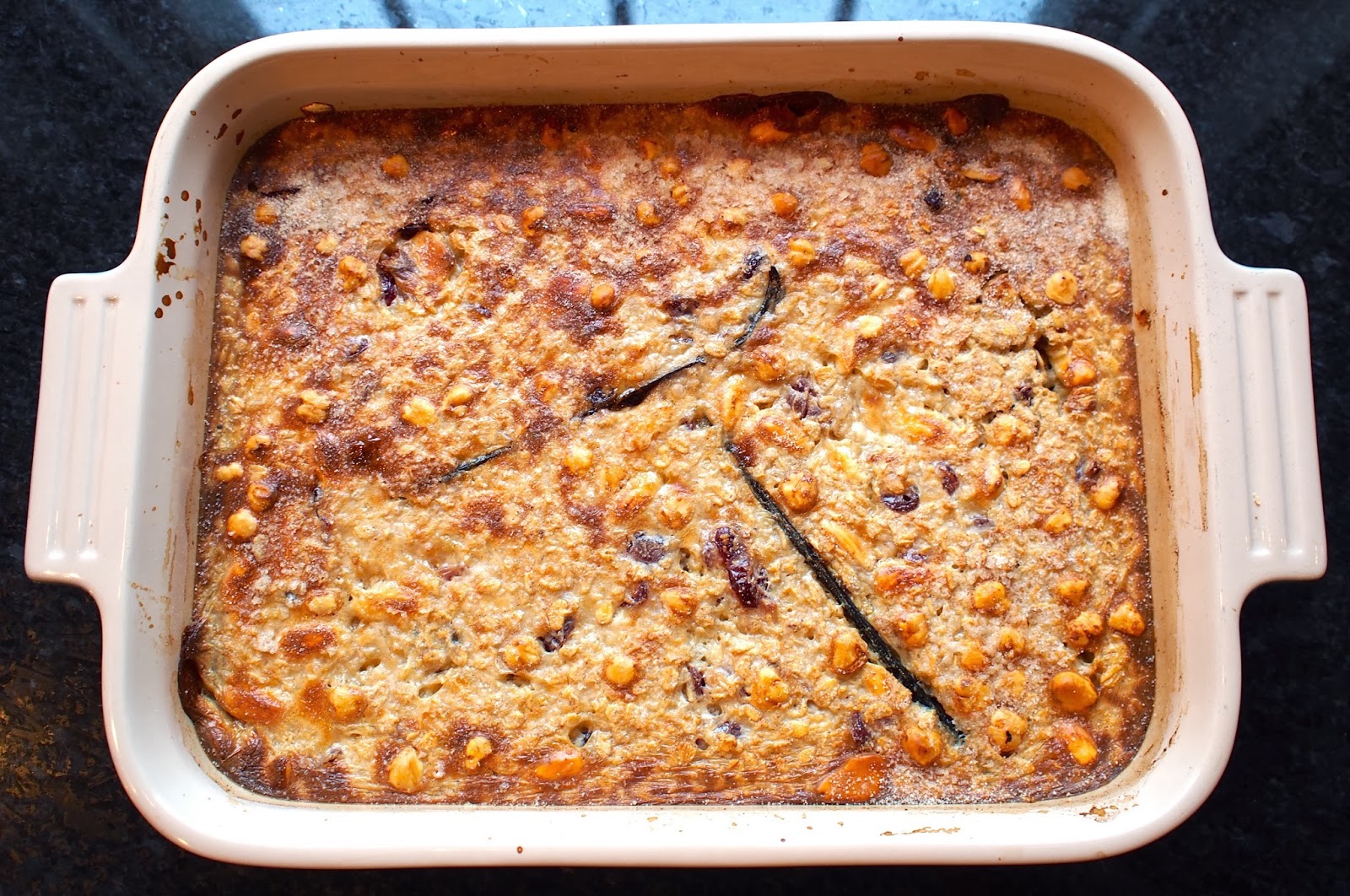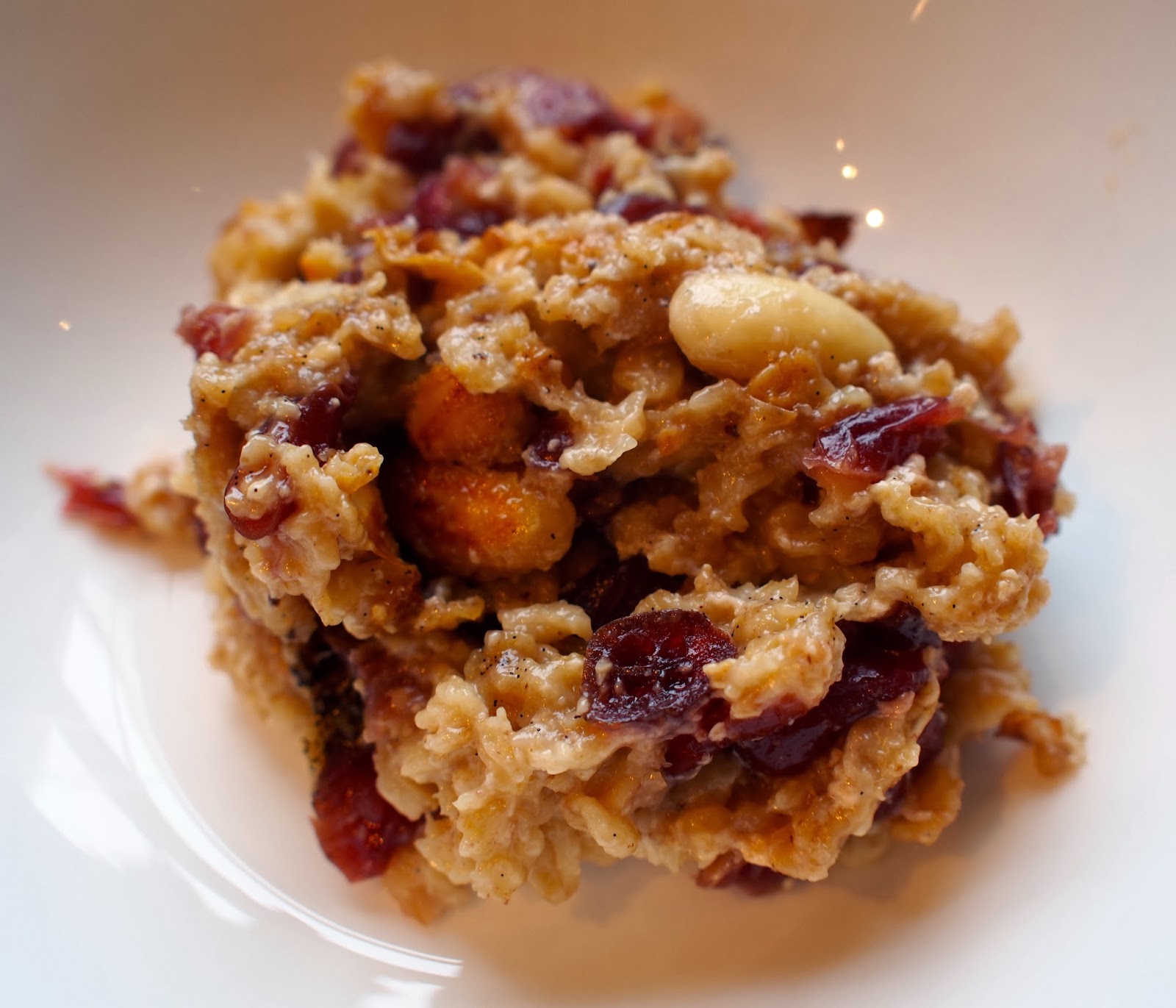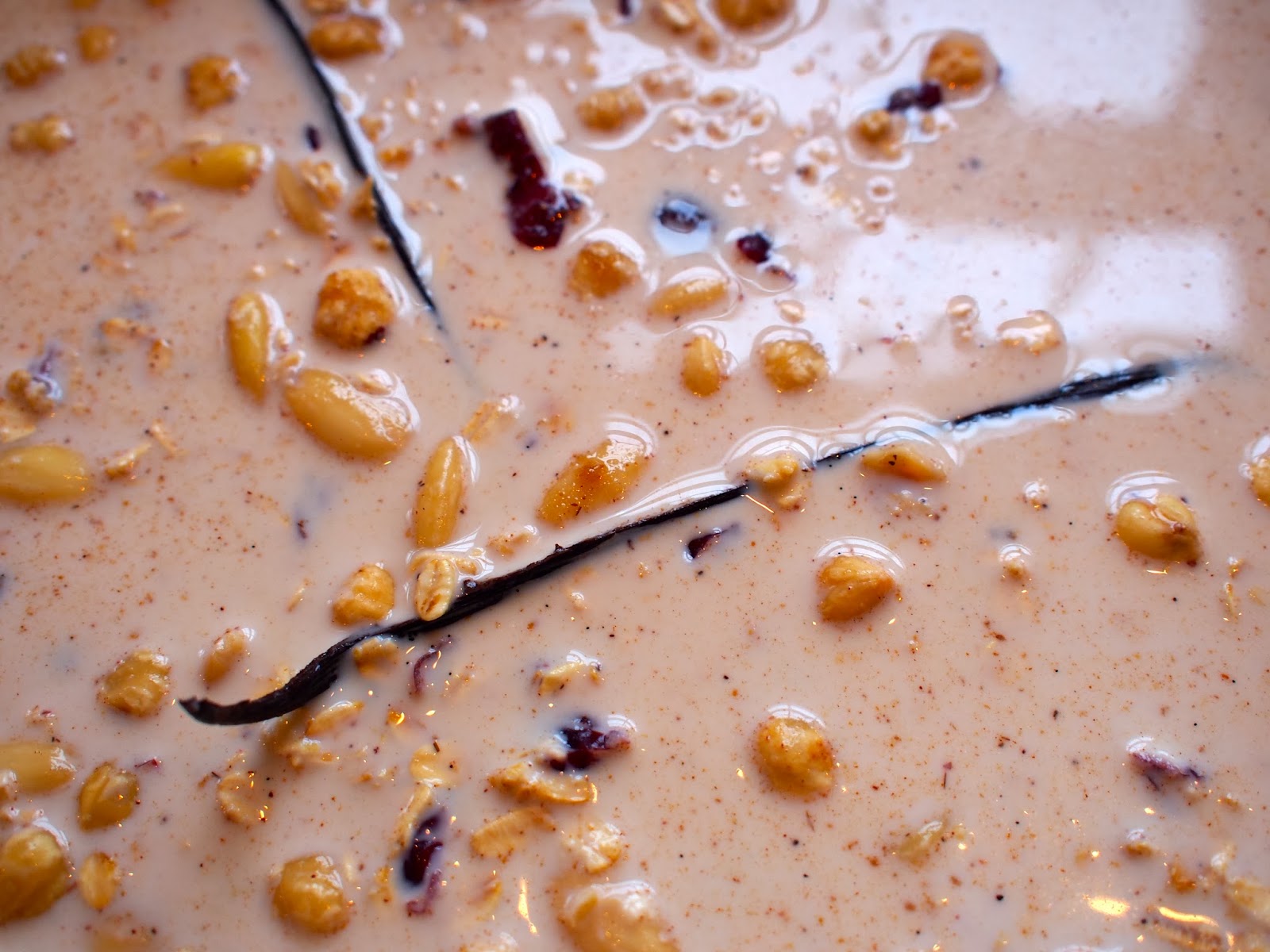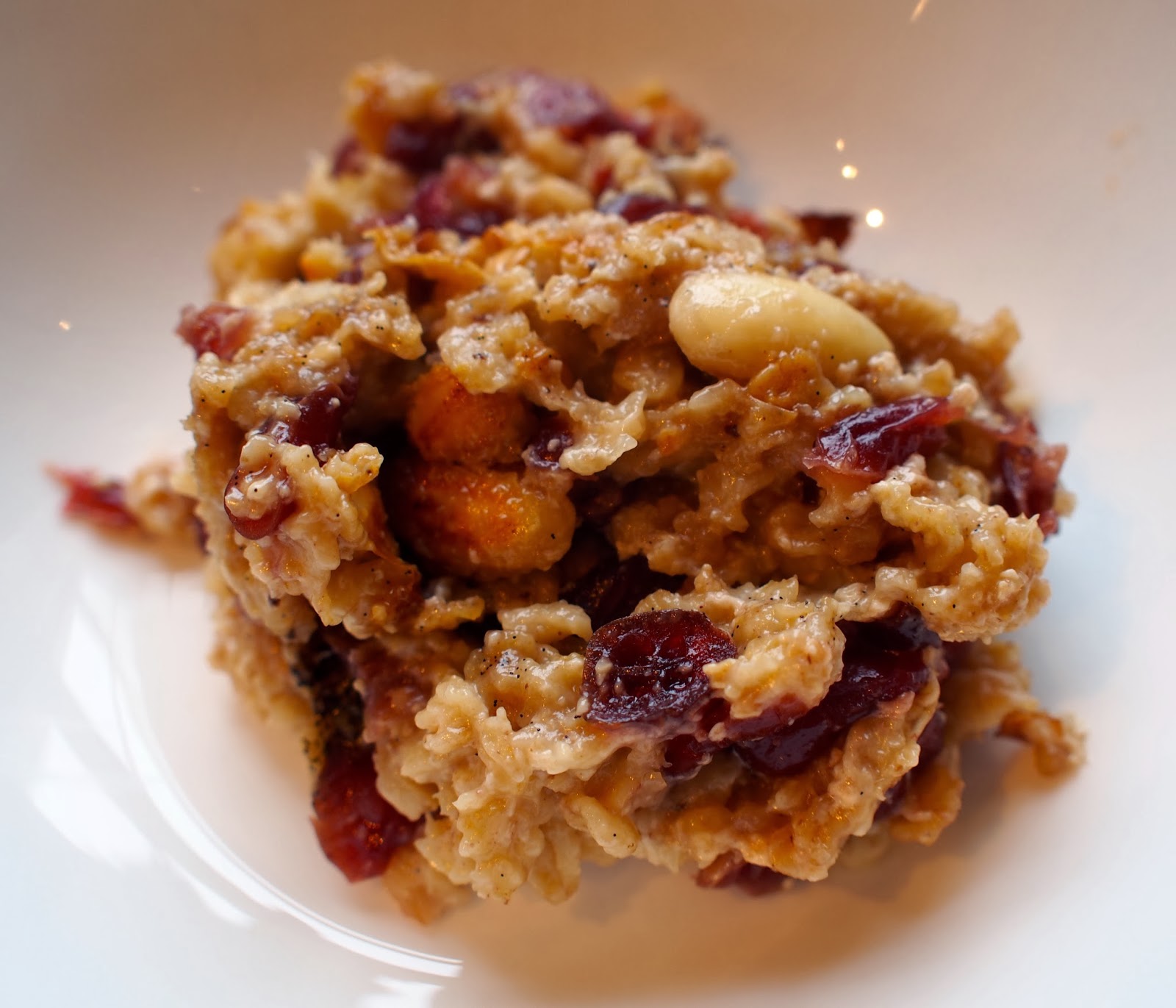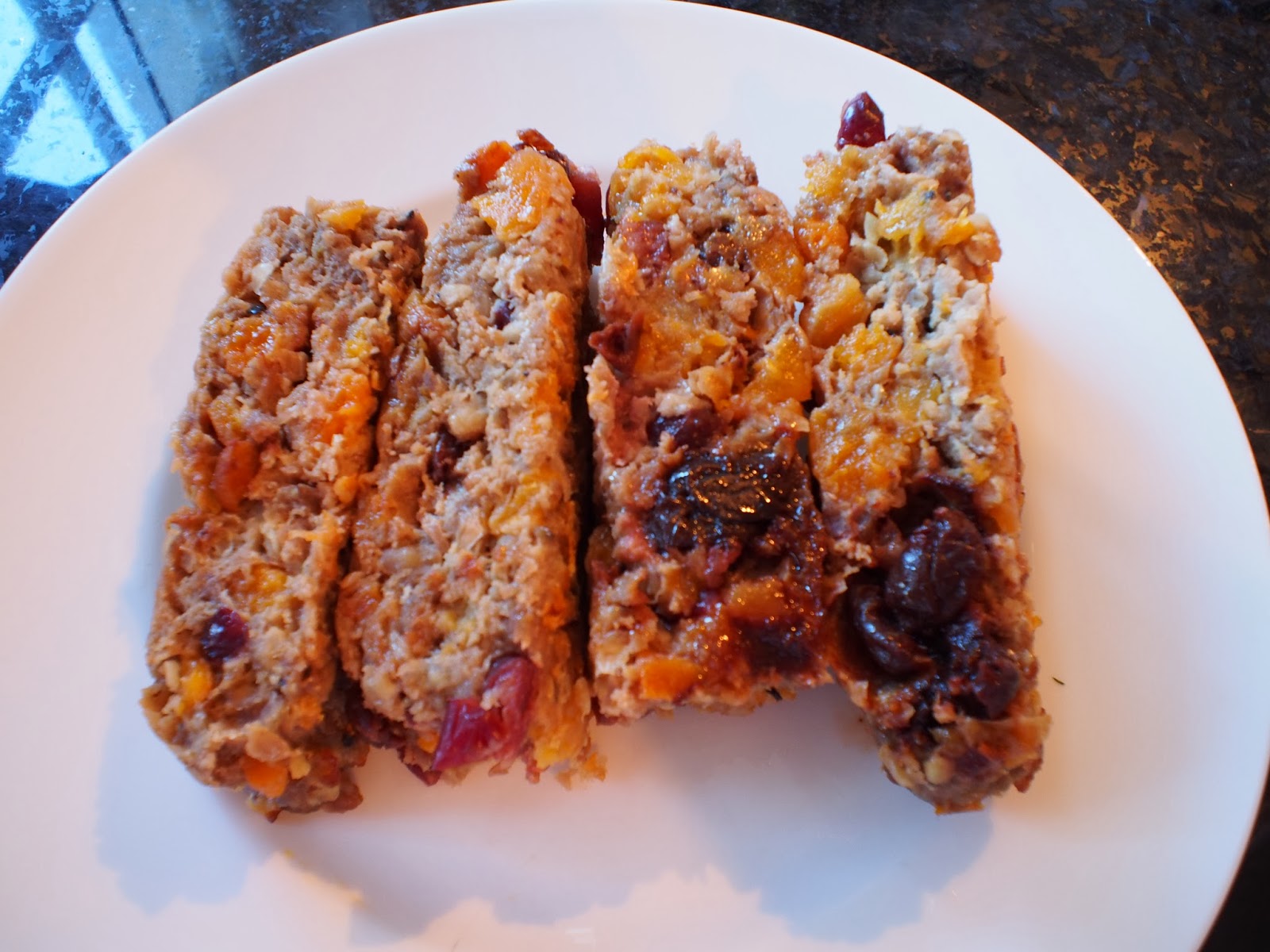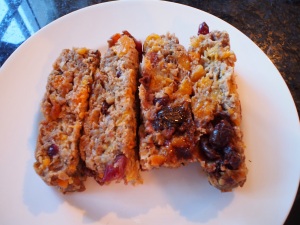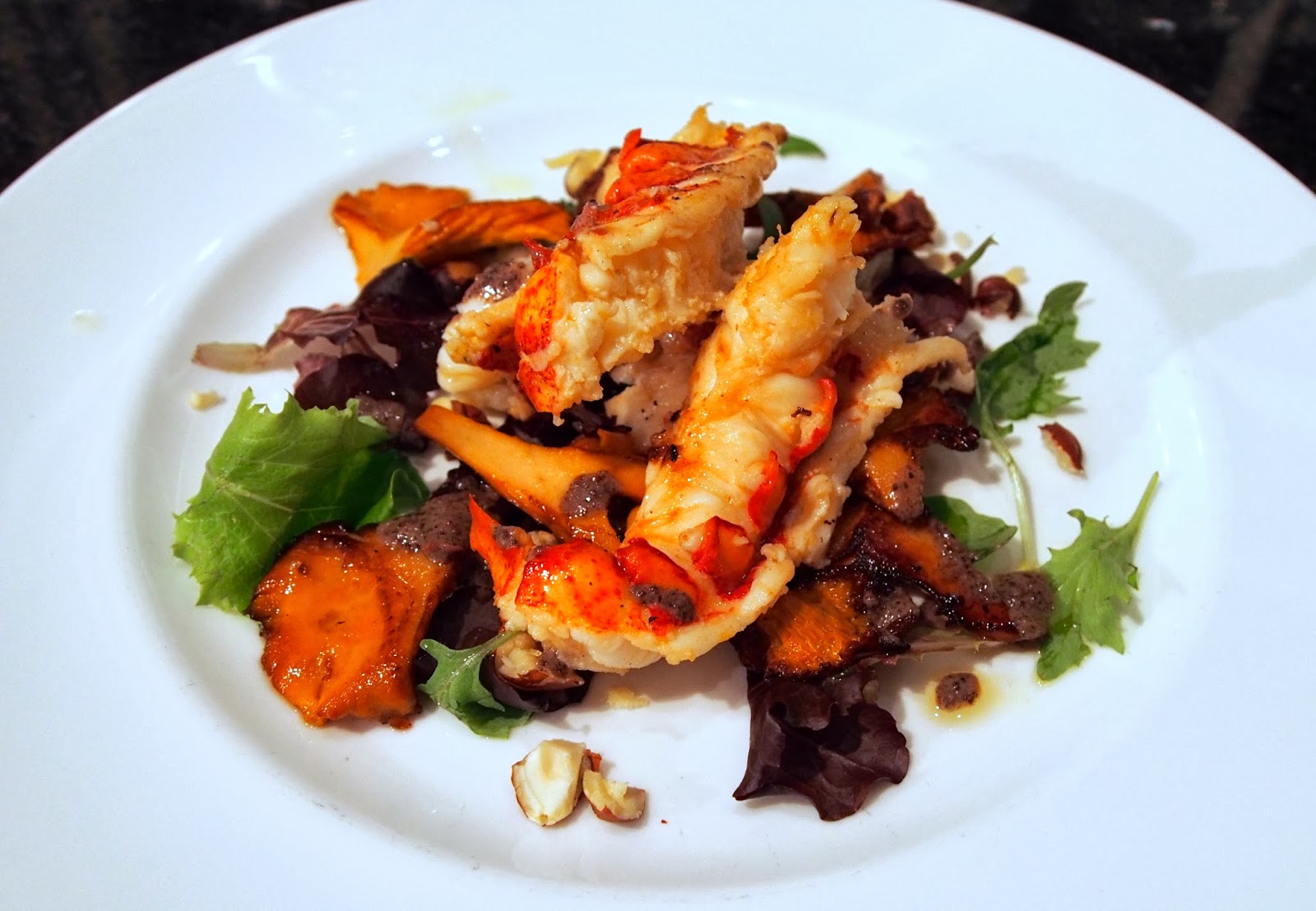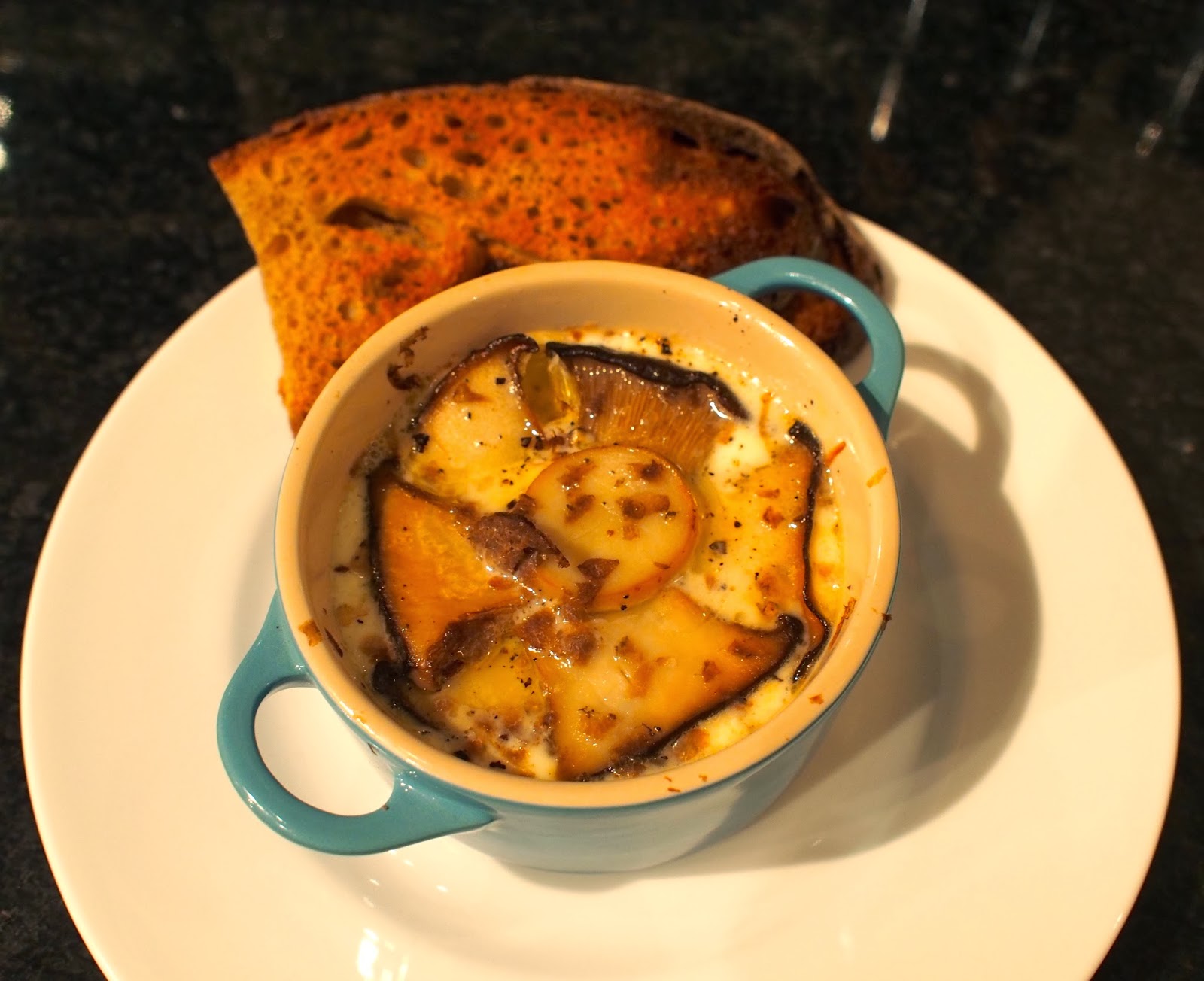 Some supper dishes are so simple that they should be saved until you have some really special ingredients – oeufs en cocotte (baked eggs) are the perfect example. A quick tour of the fridge reveals lovely Legbar eggs, the remains of an alba truffle from Christmas, and king oyster mushrooms. Baked together like this it’s not a supper dish but a feast…
Some supper dishes are so simple that they should be saved until you have some really special ingredients – oeufs en cocotte (baked eggs) are the perfect example. A quick tour of the fridge reveals lovely Legbar eggs, the remains of an alba truffle from Christmas, and king oyster mushrooms. Baked together like this it’s not a supper dish but a feast…
Legbar eggs (at least one per person, depending on their size and your appetite)
Single cream or creme fraiche
1 finely diced shallot
2-3 king oyster mushrooms
Truffle butter, or unsalted butter
Alba or black truffle
Method:
- Pre-heat the oven to 180ºC (350ºF)
- Chop the mushroom stems into fine dice (duxelle), but reserve the top of the mushroom to slice finely
- Cook the diced mushroom and shallot in the truffle butter until they are softened and set aside
- Gently fry the sliced mushroom tops, making sure they retain their shape
- Butter the inside of a small ramekin or similar dish
- Put a quantity of the diced mushroom into the bottom of the ramekin
- Place a sliced mushroom on top of the duxelle, and a few slices of truffle on top of that
- Pour a little cream over the mushrooms
- Season each layer!
- Break one or two eggs into the ramekin, and place a few slices of the mushroom cap delicately over the egg
- Top the mixture with single cream, or some creme fraiche thinned with a little milk
- Top with a little more sliced mushroom and grated truffle
- Put the ramekins into the bottom of a roasting tin, and fill up the outside of the tin with boiling water, which should reach up to half the height of the ramekin. It’s much easier to do this on the actual oven shelf, to avoid spilling boiling water all over yourself
- For Legbar eggs, cook for about 18 minutes
- Finely slice some more truffle over the cooked egg and serve with either a little toast, or perhaps some asparagus if in season.
 |
| Mushroom duxelle, garlic and finely sliced mushroom top |
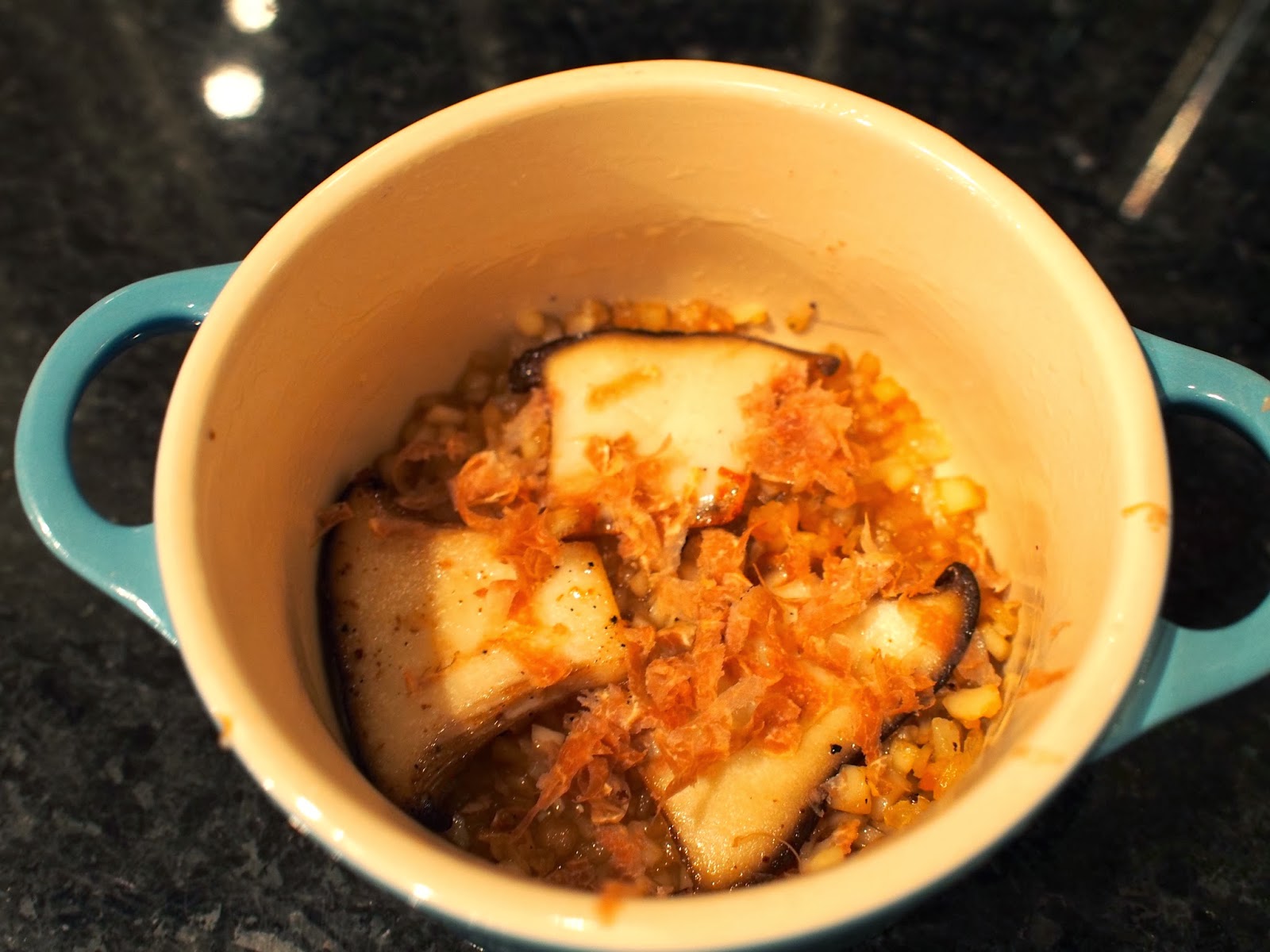 |
| On the bottom, the seasoned mushroom duxelle, topped with slices of mushroom and grated truffle |
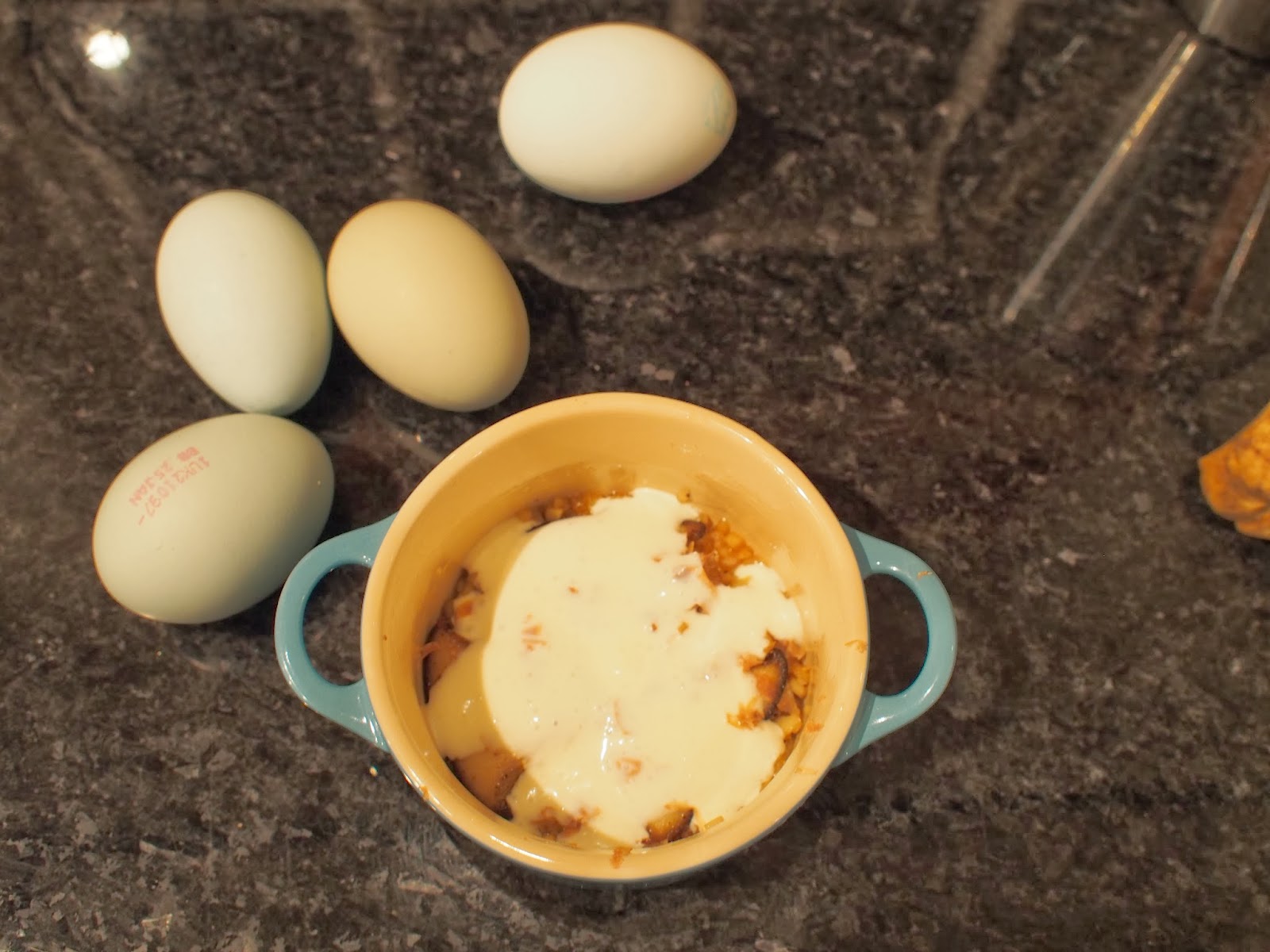 |
| Add a layer of cream or creme fraiche |
 |
| Make a little indent in the mixture, and tip in the egg |
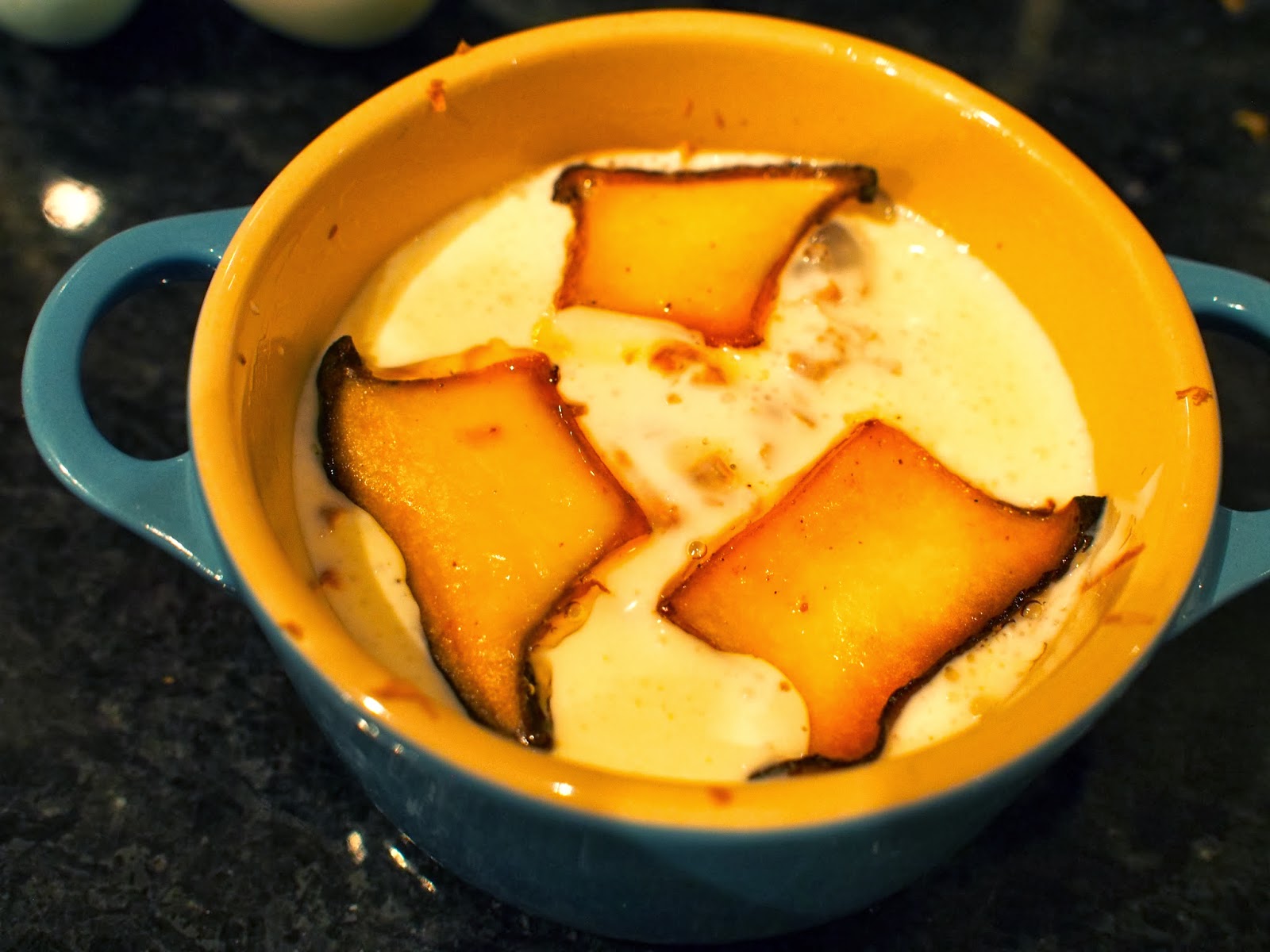 |
| Top again with a little cream, and further layers of mushroom |
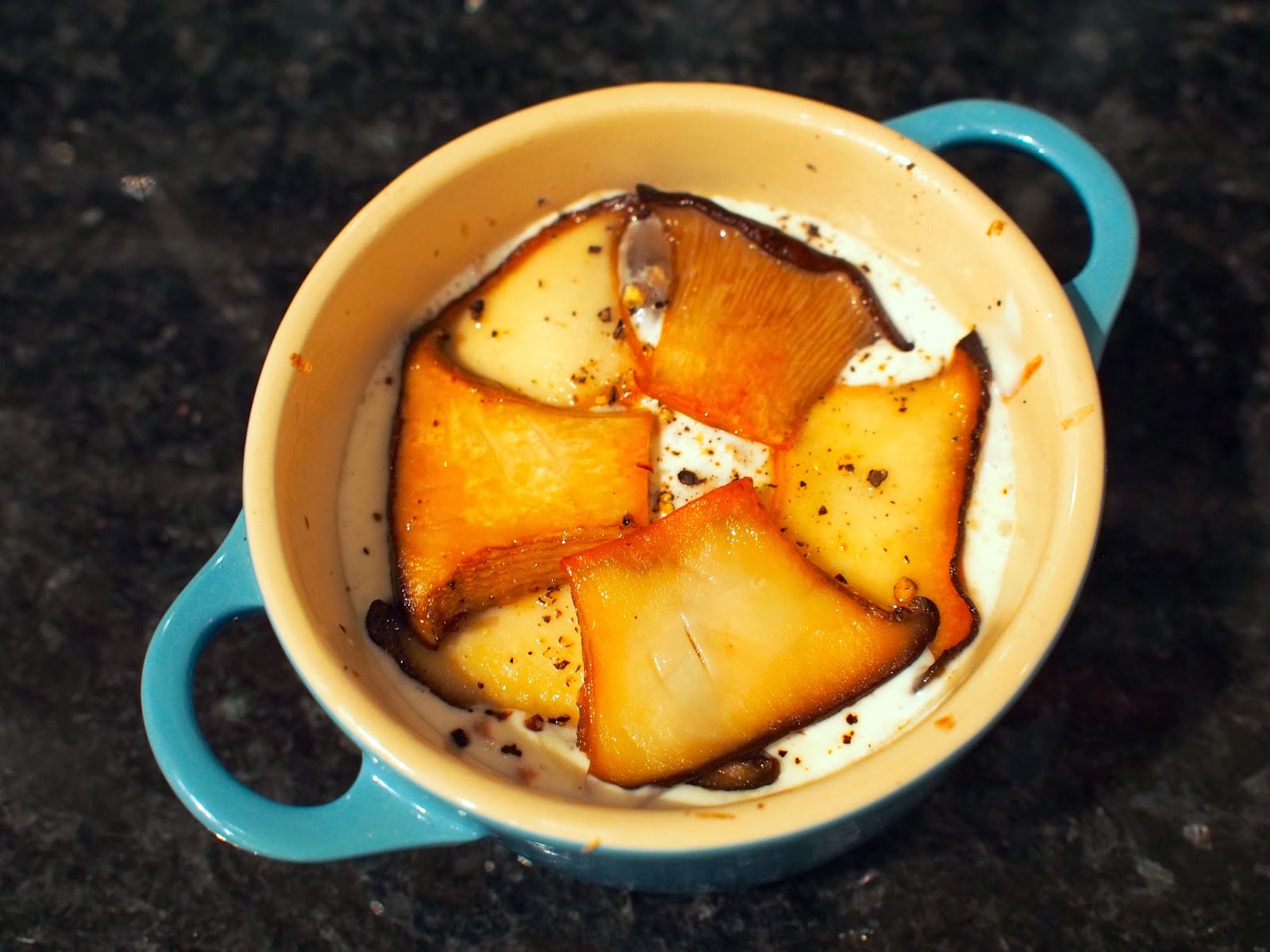 |
| Don’t forget to season the layers |
 |
| Place the ramekins in a deep pan, and top up with boiling water, up to about half way |
 |
| Serve with some good toasted sourdough, like Poilaine |






